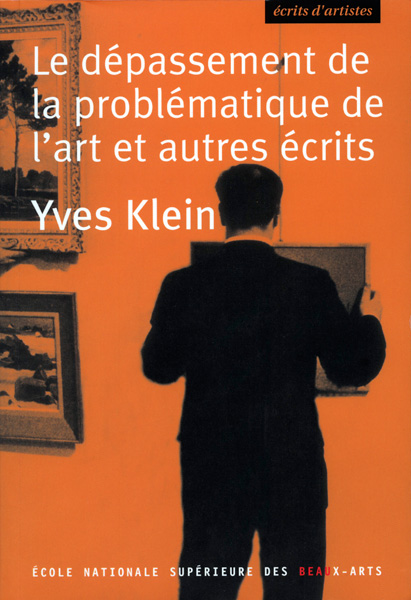"What is sensibility?
It is what exists beyond our being, yet is forever a part of us. Even Life itself does not belong to us; it is with our sensibility that we are able to purchase Life. Sensibility is the currency of the universe, of space, of Nature. It allows us to the purchase LIFE in the first state of matter! Imagination is the vehicle of sensibility! Transported upon imagination, we attain LIFE – life itself, which is absolute art."
"In order to create, it is never required to turn back on oneself to consider one’s work, for this would be to come to a halt, which is death. The work must be like a volumetric wake; like a penetration by impregnation with sensibility in the immaterial space of LIFE itself. In collaboration we shall then individually practice pure imagination."
Yves Klein, excerpt from « Speech Delivered on the Occasion of the Tinguely Exhibition in Düsseldorf (January 1959) »
"Here is how it came about: In 1946 I was painting or drawing either under the influence of my father, a figurative painter of horses in landscapes or of beach landscapes, or under the influence of my mother, an abstract painter of compositions of form and color. At the same time, COLOR, the sensibly pure space, beckoned to me irregularly but with stubborn persistence. This sense of the complete freedom of sensibly pure space exerted upon me such a power of attraction that I painted monochrome surfaces to see, with my own eyes to SEE, what was visible in the absolute. (...)
Then I immersed myself in the monochrome space, in everything, in the boundless pictorial sensibility. (...)
"I realized that the paintings are only the ashes of my art. The authentic quality of the canvas, its very Being, once created, is beyond what is visible, in the pictorial sensibility of the First Matter."
Yves Klein, excerpt of « Overcoming the problematics of Art », 1959
"The painting is merely the witness, the sensitive surface that has recorded what occurred. Color, in its chemical state that all artists employ, is the medium most capable of being impressed by this event. I think, then, that I can say: my paintings represent poetic events or rather immobile witnesses, silent and static witnesses of the very essence of movement and of free life, which is the flame of poetry during the pictorial moment!
My paintings are the ashes of my art."
"Each of these blue propositions, all similar in appearance, were perceived by the public as clearly distinct from each other. The nonprofessionals passed from one to the next, as was fitting, penetrating in an instant state of contemplation the worlds of blue.
But each painting’s blue world, although of the same blue and treated in the same way, revealed itself to be of entirely different essence and atmosphere; none resembled the other any- more than pictorial moments and poetic moments resemble each other. Though all are alike in nature, superior and subtle (detection of the immaterial).
The most sensational observation was that of the buyers. Each selected from among the eleven displayed paintings the one that pleased them the most and paid its price. The prices, of course, were all different. This fact demonstrated that, on the one hand, the pictorial quality of each painting was perceptible by something other than the material and physical appearance and, on the other, that those who made their choice recognized that state of things to which I refer as "Pictorial Sensibility".
"(...) yes, I am painter because painting, in my opinion, is painting only if the artist can transmute it precisely by virtue of his quality as creator, this impalpable matter, this living pictorial matter that impregnates the canvas and gives it eternal life, at least for the duration of its perishable existence.
The rest, all those lines, forms, and colors put together in a certain order, is not part of the domain of art. It is certainly good, but it is not essential to painting.
The essence of painting is this something, this ethereal glue, this intermediary product that the artist secretes from his entire creative being and that he has the power to place, to incrust upon, to impregnate the pictorial matter of the painting with.
This phenomenon applies to all true artists, even those who are not strictly pictorial or at least painters, but to all artists who understand how to impregnate their works with radiant life, with pure poetry, or in other words, who know how to embed a soul in their creation; that is authentic creation!
Yves Klein, excerpt from « The Monochrome Adventure: the monochrome epic », 1960 ca.
"I am the painter of space. I am not an abstract painter but, on the contrary, a figurative artist, and a realist. Let us be honest, to paint space, I must be in position, I must be in space. "
Yves Klein, excerpt from Sunday, November 27th, 1960, The Newspaper of a Single Day, 1960
"Painting, like poetry, is "the art of creating souls to keep souls together"
Yves Klein, The role of the painter in future society...", 1960 ca.
"My art is not behind the "ashes" that are my works, but in and around, like an aura of those ashes."
Yves Klein, letter to John Anthony Twaites, December 28, 1960, about the translation in the Zero magazine of "Yves le monochrome 1960. The real becomes reality", Écrits, op. cit., notes, p. 414. This issue of Zero, the last, released in July 1961.
The Specialization of Sensibility in the Raw Material State of Stabilized Sensibility - exhibition of The Void, April 28 - May 12 1958
Galerie Iris Clert, 3, rue des Beaux-Arts, Paris, France
209 x 122 x 110 1/2 inch
Photo : © All rights r
Galerie Iris Clert, 3, rue des Beaux-Arts, Paris, France
209 x 122 x 110 1/2 inch
Photo : © All rights r
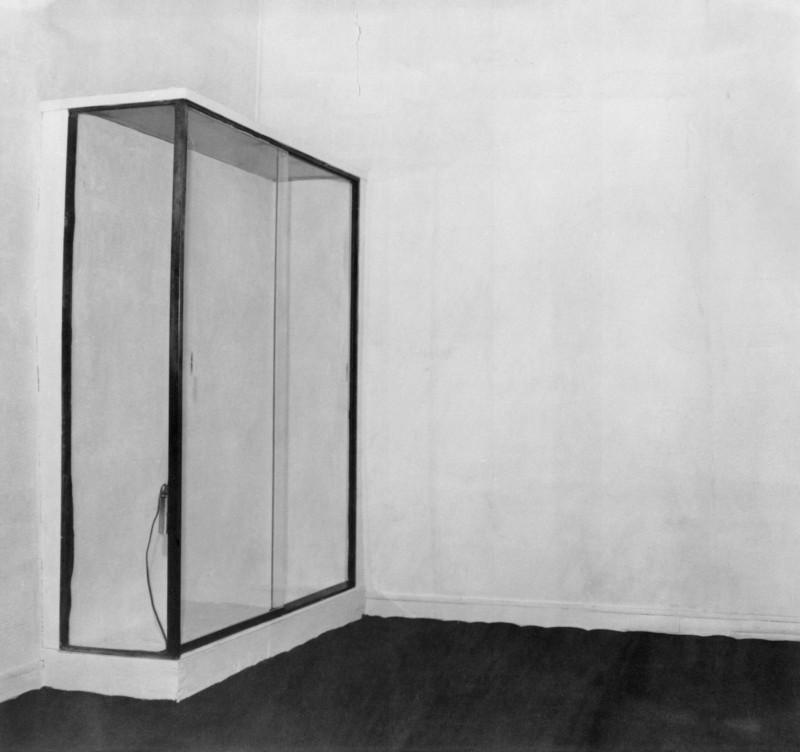
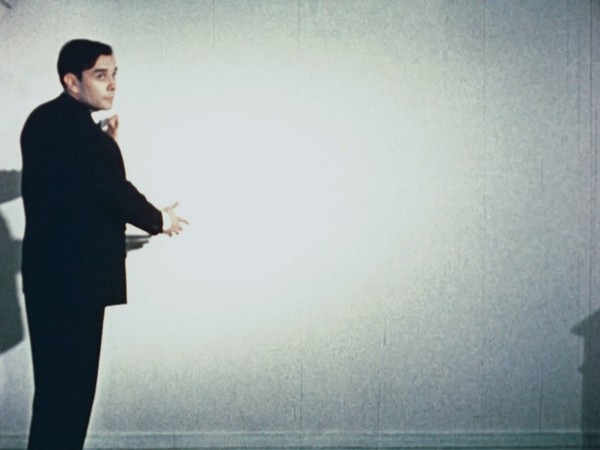
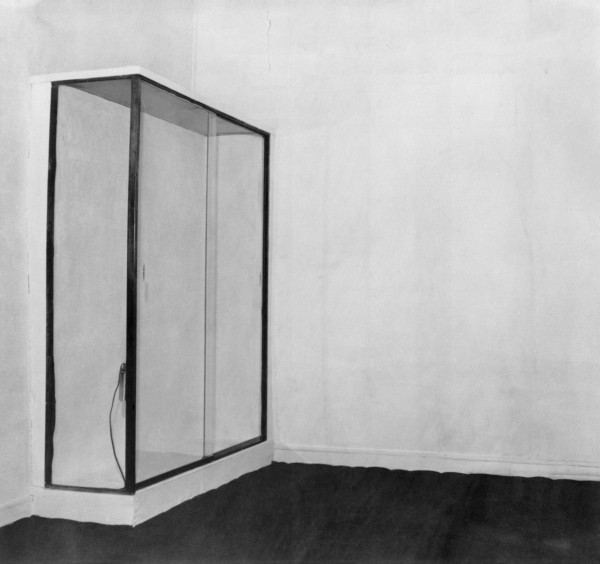
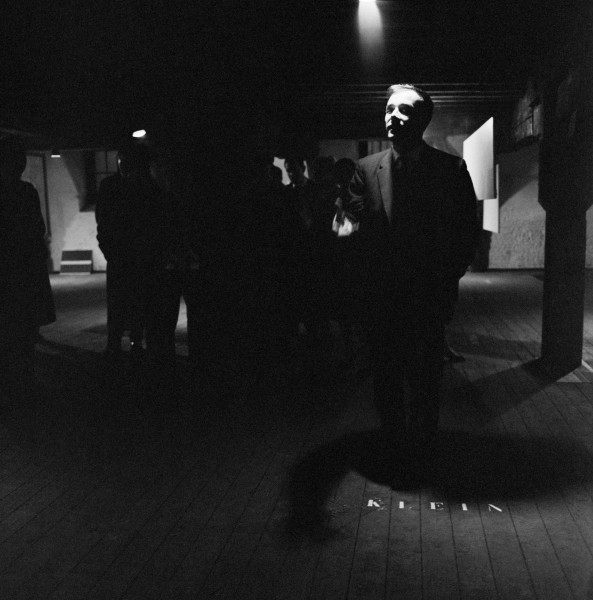
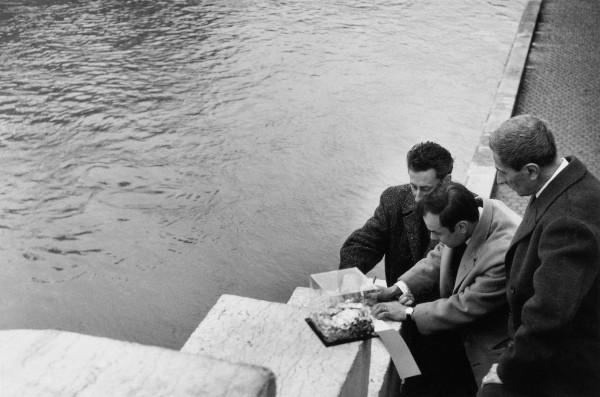
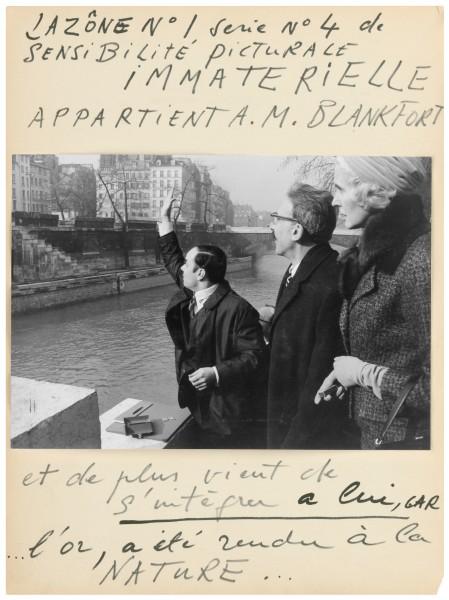
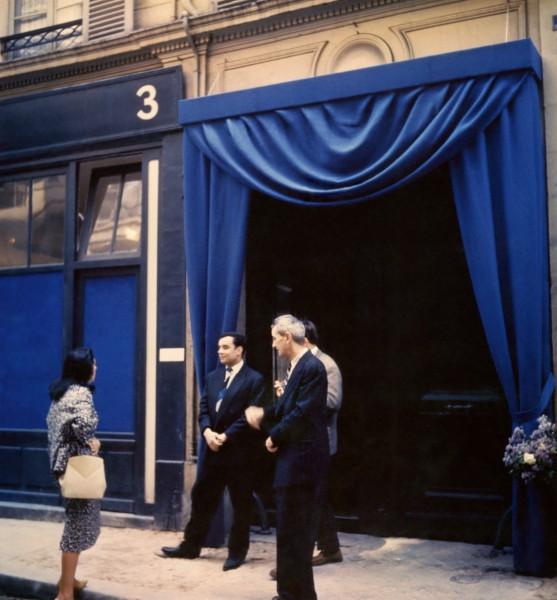
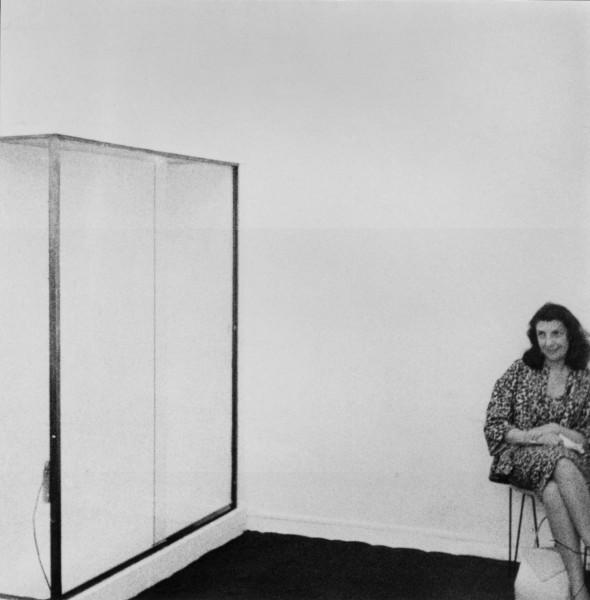
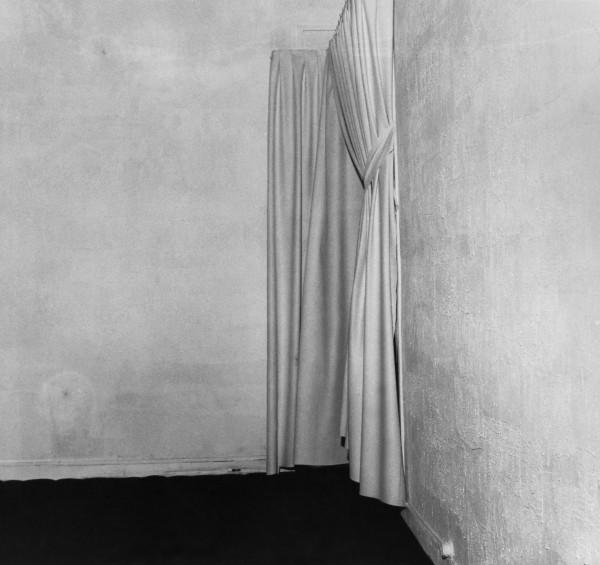
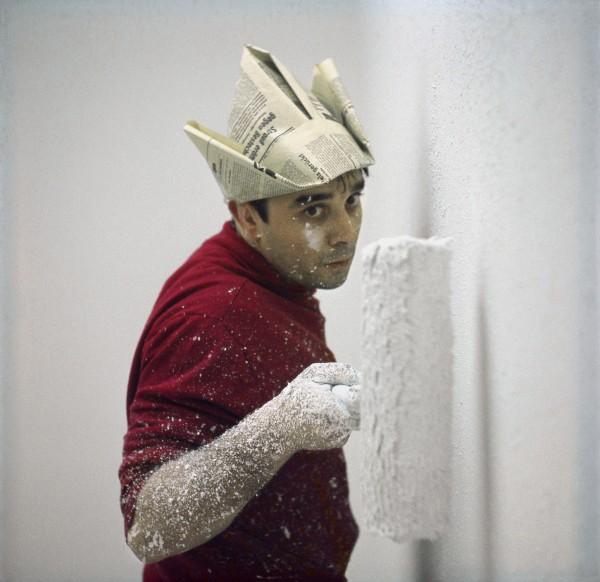
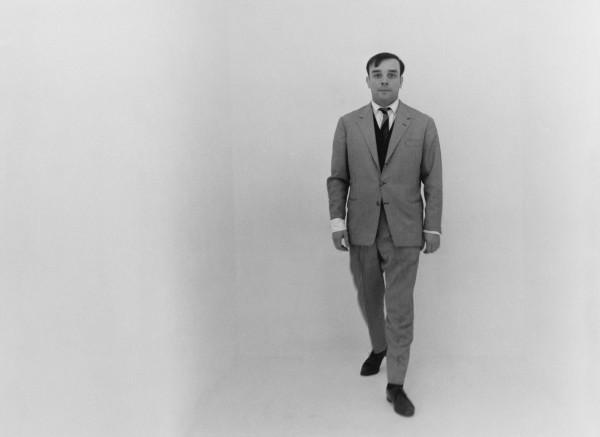
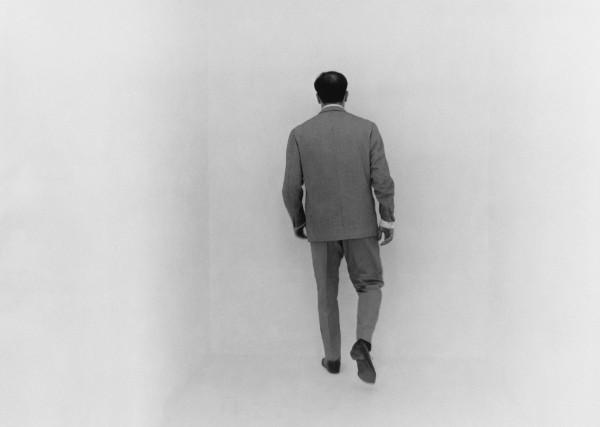
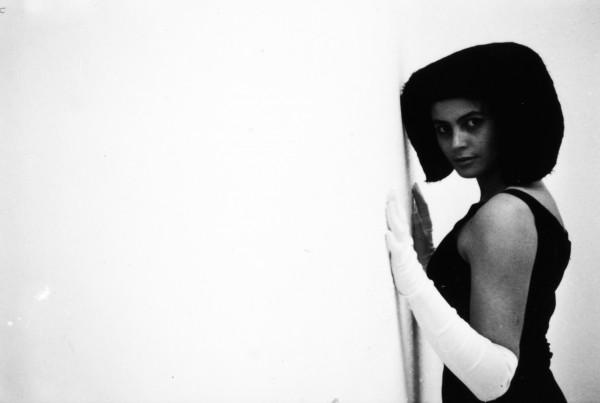
![Yves Klein's exhibition : La spécialisation de la sensibilité à l’état de matière première [The Specialization of Sensibilité in the Raw Material State of Stabilized Pictorial Sensibilité]](/files/film_thumbnail_88.jpg)
![La spécialisation de la sensibilité à l’état matière première en sensibilité picturale stabilisée, "Le Vide" [The Specialization of Sensibility in the Raw Material State into Stabilized Pictorial Sensibility, "The Void"]](/files/exhibition_thumbnail_1158.jpeg)
